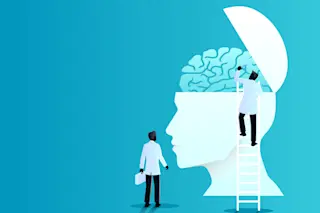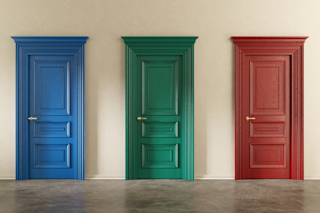The recently-concluded 2014 World Cup yielded four knockout matches decided by the dreaded penalty shootout, a total reached just two other times in the tournament’s history. Few outcomes in sports are crueler than accepting defeat in such a fashion. But if teams are looking for a leg up in 2018, they’ll want to brush up on an old concept: the gambler’s fallacy, or the false belief that future outcomes will balance out past ones. Cognitive scientists from the University of London analyzed every penalty shootout that occurred in World Cup and UEFA Euro Cup tournaments from 1976 to 2012. They found that goalkeepers were predictably vulnerable to the gambler’s fallacy, but kickers failed to take advantage of this weakness.
The gambler's fallacy can be seen in this example: Take a coin and attempt to predict the outcome of each toss. There’s always a 50-50 chance it’ll land on either heads ...













